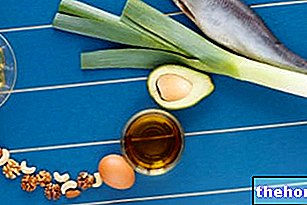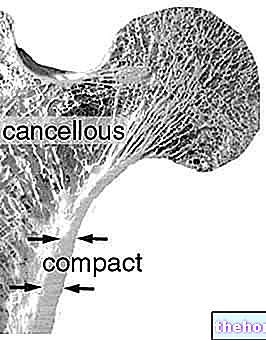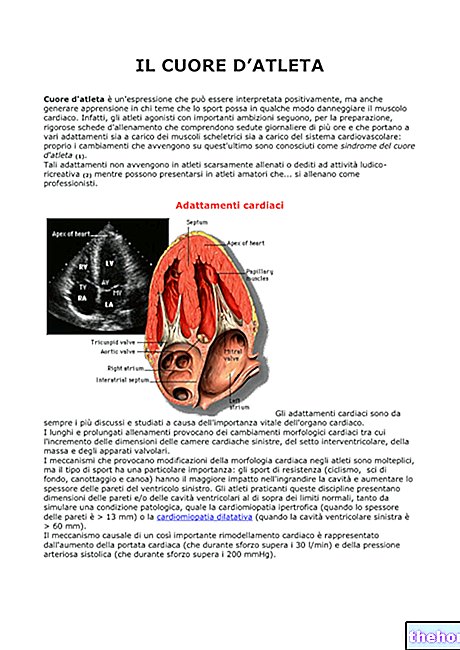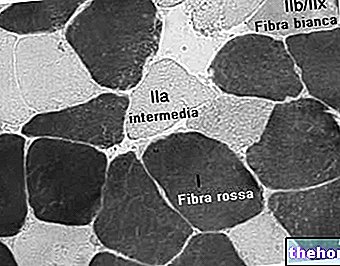Generality
Mucus is a stringy and viscous substance, more or less dense, which protects and lubricates the mucous membranes of the digestive, respiratory, urinary, visual, auditory and genital systems.
Functions

Composition
Mucus is produced by muciparous glands and mucipar goblet cells intercalated in some lining epithelia. It consists mainly of glycoproteins, collectively called mucins, which give it the characteristic slipperiness; it also contains antiseptic enzymes (such as lysozyme) and immunoglobulins.
Cervical mucus
In the cervical mucus specific antibodies can be found against the spermatozoa of the partner, which prevent the fertilization of the egg cell. Also at this level, the cervical mucus changes its consistency during the various phases of the menstrual cycle, becoming more prone to the passage of spermatozoa during the ovulatory period.
Tracheal and bronchial mucus
In the trachea and bronchi, the abundant secretion of mucus lubricates the inner surface of the respiratory tract and traps germs, inhaled foreign substances and other waste materials. Thanks to the coordinated action of millions of cilia, the mucus acts as a transporter of these unwanted substances towards the outside, hindering their descent into the pulmonary alveoli (where they could become the cause of disease).
The cold slows the ciliary beat temporarily, but often enough to favor the onset of infections, which is why some respiratory diseases are more frequent during the winter months.
Due to its protective and lubricating effect, mucus is secreted in greater quantities during the inflammatory processes of the mucous membranes; when it takes on a yellow or greenish color it indicates an entrapment of bacteria; when, on the other hand, it maintains its fluid and whitish appearance, an irritation phenomenon not sustained, or in any case only partially, by pathogens is more likely.
Excess mucus
To know more:
- Catarrh
- Mucus in the stool
- Vaginal discharge
- Mucorrhea
- Dry Nasal Mucus - Caccole
- Mucus in the urine
- Cervical mucus and fertility
- Mucus-free diet
- Snail mucus (snail slime in cosmetics)
















.jpg)











